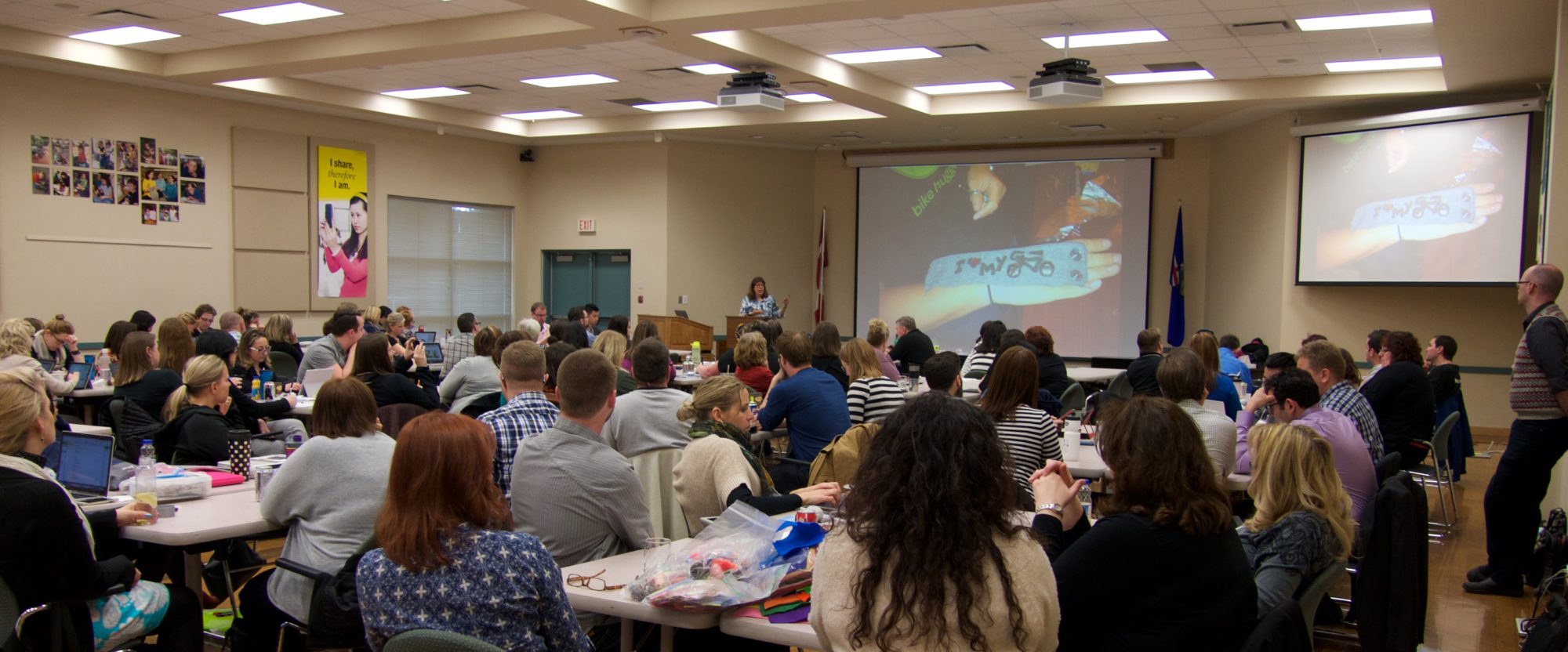February and March are hotbeds of activity for state and national education and technology conferences. Next week I’ll be at both ends of the U.S. at two conferences of interest to educators interested in technology.
NAIS is the National Association of Independent Schools annual conference. Private schools have been on the forefront of the laptop movement both in the US and around the world. The 2010 conference is in San Francisco Feb 24-26, and I’ll be there with the Constructivist Consortium. This is a group of small companies who promote constructivist use of software in schools for creativity and student-centered learning. Generation YES is one of the founding members and we’ll be at booth 239 – come by and say hello!
PETE&C is the Pennsylvania state technology conference held annually in Hershey, PA. Yes, that Hershey, and yes, it does smell like chocolate! Running Feb 24-27, this conference is all about technology and education. Pennsylvania’s education reform program, Classrooms for the Future (CFF) has created a strong network of educator-coaches who support innovative programs statewide. Building internal leadership like this is a terrific idea, and Pennsylvania is certainly reaping the benefits of investing in their own people.
At PETE&C, I’ll be doing a session on Feb 23 on student leadership and digital citizenship – if you are going to PETE&C I hope you’ll stop by.
Student leadership is a topic that might not on the surface seem to be technology related, but schools hoping to increase their authentic use of technology need to be thinking about. The guiding principle of putting power into student hands can be both concrete (actually handing them equipment) and abstract (giving them responsibility and agency over their learning). Both support each other, and schools that give students responsibility and guide them as they learn to use it gain so much. Students who believe that they have a stake in their own education will contribute to the effort to make education better for all. Schools that take this empowerment to heart help create the citizens, learners, and leaders we need in the world.
So say hello in person or on Twitter! I love to meet friends new and old!
Sylvia

 At the beginning of the conference, everyone is free to step up and propose any session they want. Not just ones they want to present, but anything they want to know more about. And then as these suggestions begin to fill the slots, more ideas come forward. After a few sessions, you have another meeting and fill more slots, propose more ideas. (
At the beginning of the conference, everyone is free to step up and propose any session they want. Not just ones they want to present, but anything they want to know more about. And then as these suggestions begin to fill the slots, more ideas come forward. After a few sessions, you have another meeting and fill more slots, propose more ideas. ( Sure enough, most sessions had enough people. Part of the success was due to the facility having many small rooms, enough to accommodate all the proposed sessions. Some had projectors, some didn’t but it all worked out. When we re-gathered for the next planning sessions, people were energized, more sessions were proposed, people decided to continue or repeat a session, and slowly the open slots were filled
Sure enough, most sessions had enough people. Part of the success was due to the facility having many small rooms, enough to accommodate all the proposed sessions. Some had projectors, some didn’t but it all worked out. When we re-gathered for the next planning sessions, people were energized, more sessions were proposed, people decided to continue or repeat a session, and slowly the open slots were filled I took a risk too, I didn’t prepare my keynote presentation until the night before. I felt I wanted to honor the process and trust that the experience of the conference would provide support for my topic of leadership vision to action, especially student leadership. And it did. I liked what I came up with, and the audience seemed to as well.
I took a risk too, I didn’t prepare my keynote presentation until the night before. I felt I wanted to honor the process and trust that the experience of the conference would provide support for my topic of leadership vision to action, especially student leadership. And it did. I liked what I came up with, and the audience seemed to as well.